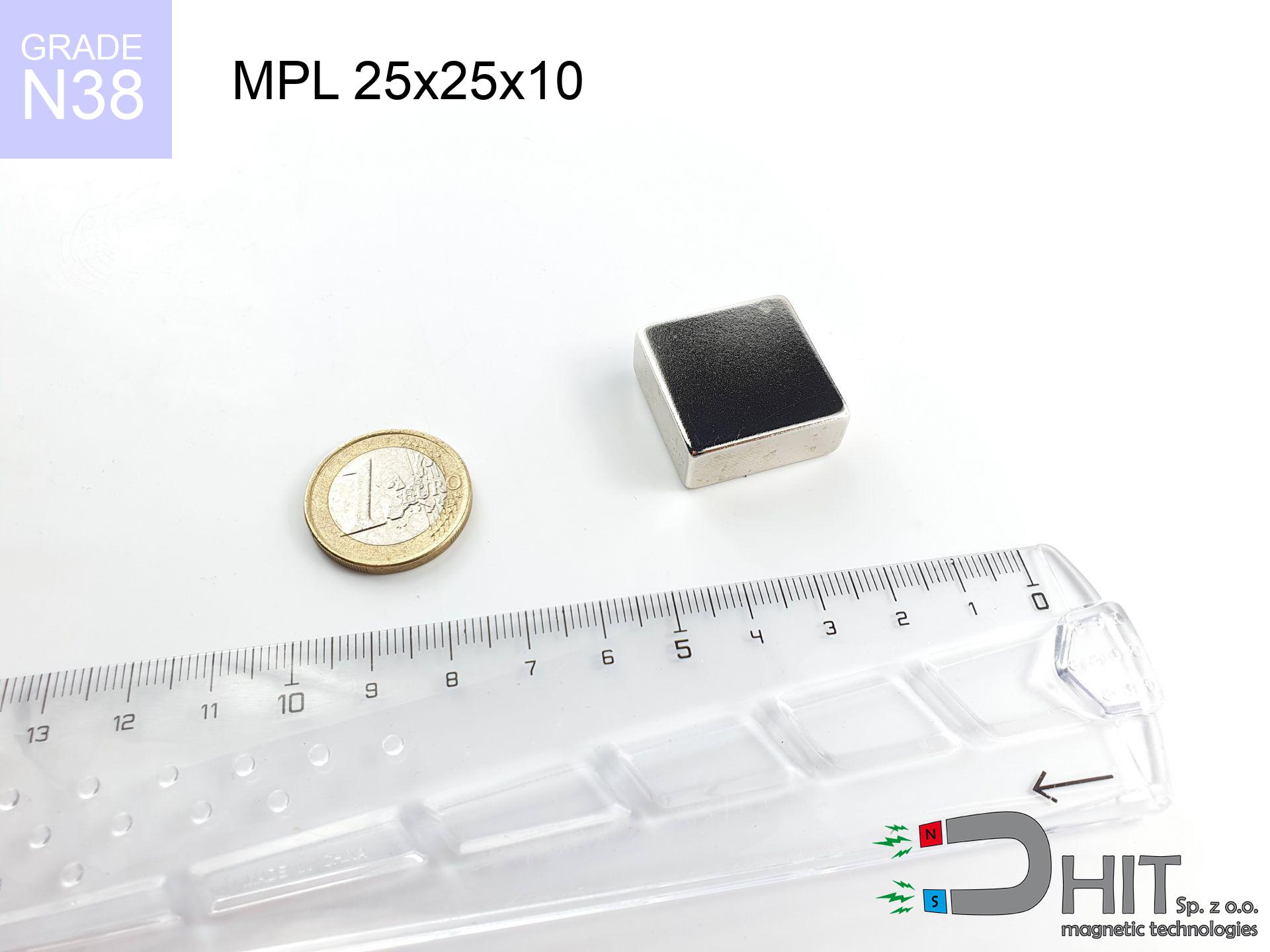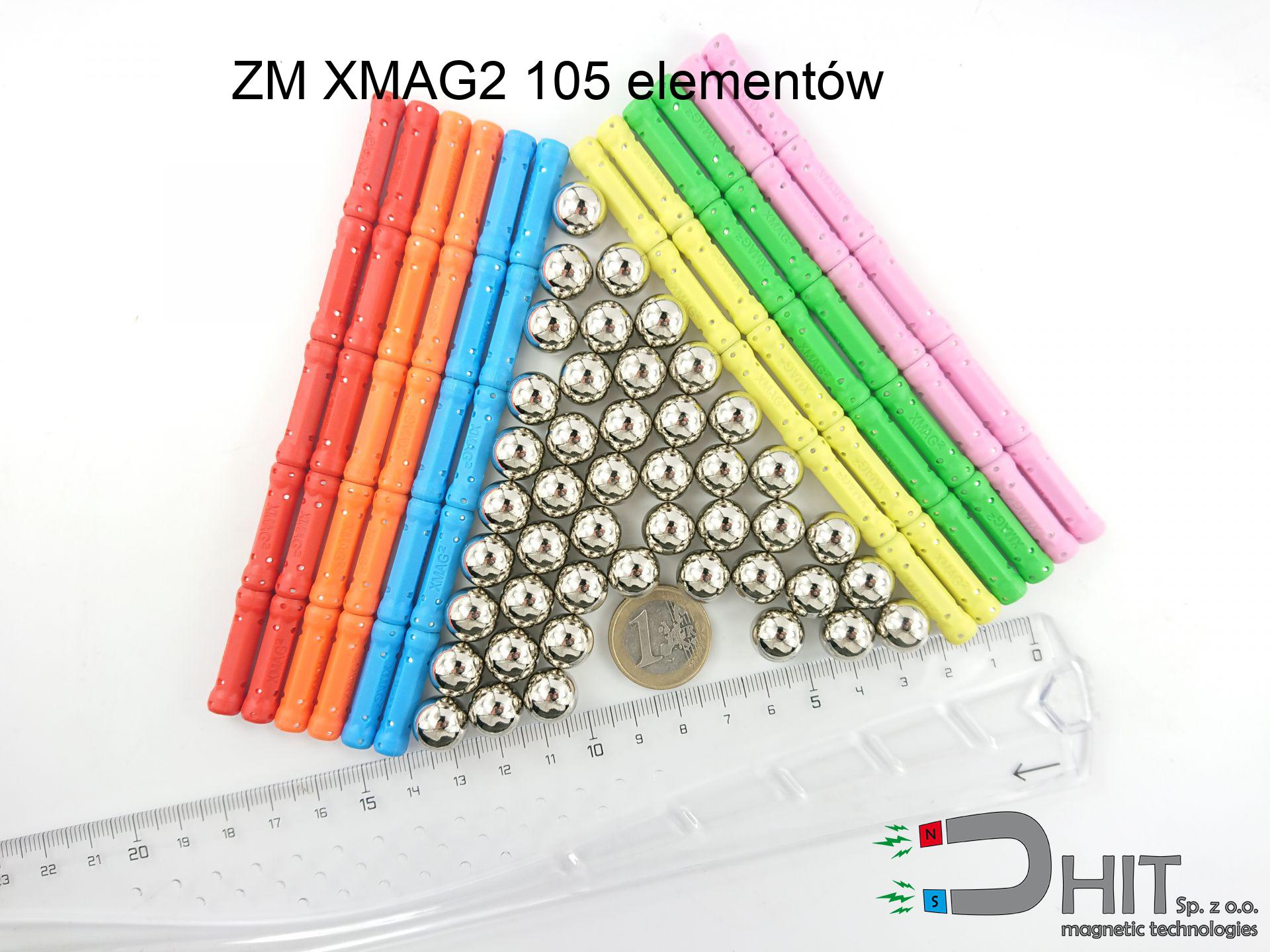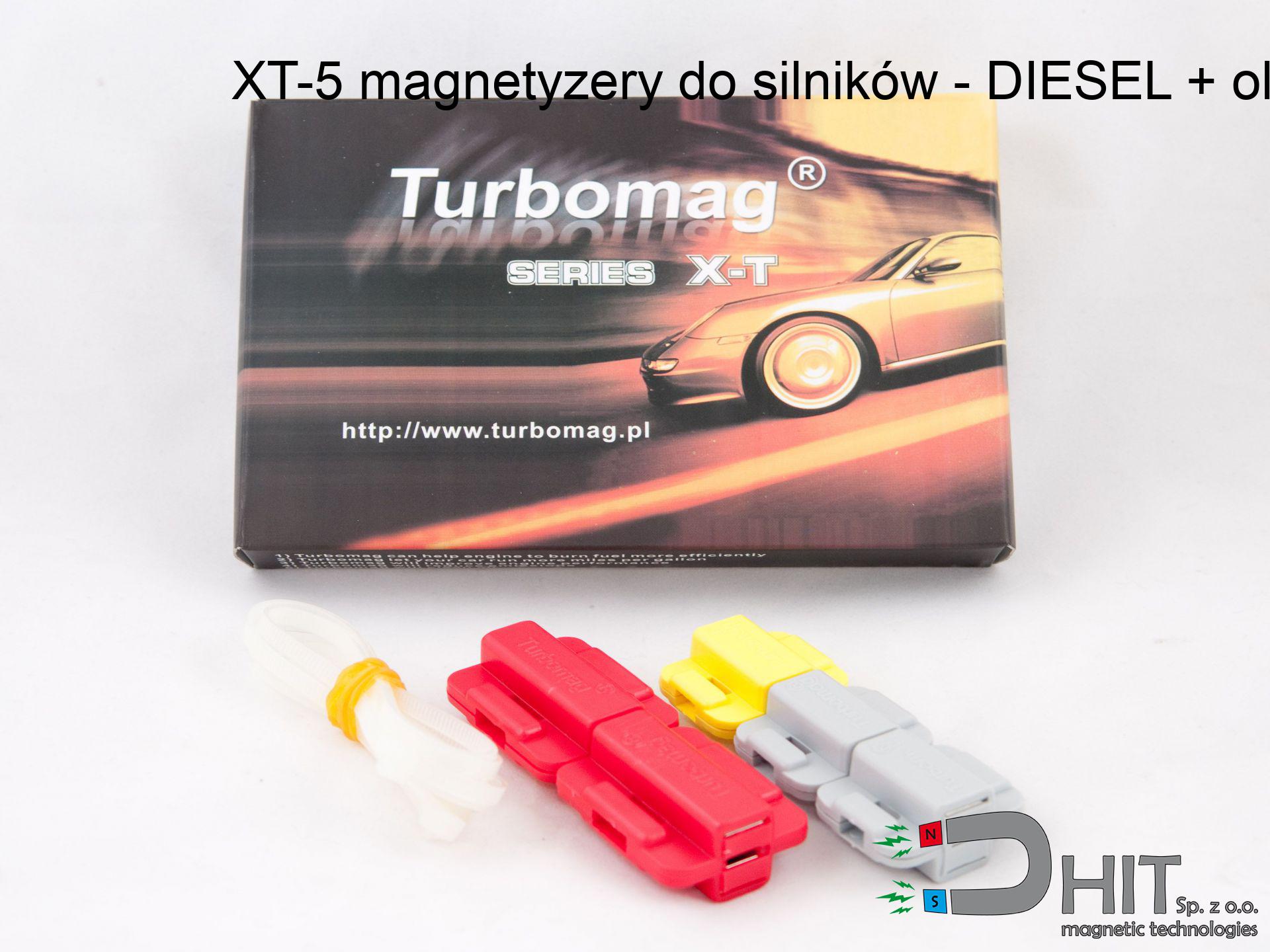UMGZ 60x30x15 [M10] GZ / N38 - magnetic holder external thread
magnetic holder external thread
Catalog no 190416
GTIN/EAN: 5906301813873
Diameter Ø
60 mm [±1 mm]
Height
30 mm [±1 mm]
Height
15 mm [±1 mm]
Weight
260 g
Load capacity
140.00 kg / 1372.93 N
Call us
+48 888 99 98 98
if you prefer drop us a message through
request form
through our site.
Lifting power and structure of a magnet can be analyzed on our
online calculation tool.
Order by 14:00 and we’ll ship today!
Technical of the product - UMGZ 60x30x15 [M10] GZ / N38 - magnetic holder external thread
Specification / characteristics - UMGZ 60x30x15 [M10] GZ / N38 - magnetic holder external thread
| properties | values |
|---|---|
| Cat. no. | 190416 |
| GTIN/EAN | 5906301813873 |
| Production/Distribution | Dhit sp. z o.o. |
| Country of origin | Poland / China / Germany |
| Customs code | 85059029 |
| Diameter Ø | 60 mm [±1 mm] |
| Height | 30 mm [±1 mm] |
| Height | 15 mm [±1 mm] |
| Weight | 260 g |
| Load capacity ~ ? | 140.00 kg / 1372.93 N |
| Manufacturing Tolerance | ±1 mm |
Magnetic properties of material N38
| properties | values | units |
|---|---|---|
| remenance Br [min. - max.] ? | 12.2-12.6 | kGs |
| remenance Br [min. - max.] ? | 1220-1260 | mT |
| coercivity bHc ? | 10.8-11.5 | kOe |
| coercivity bHc ? | 860-915 | kA/m |
| actual internal force iHc | ≥ 12 | kOe |
| actual internal force iHc | ≥ 955 | kA/m |
| energy density [min. - max.] ? | 36-38 | BH max MGOe |
| energy density [min. - max.] ? | 287-303 | BH max KJ/m |
| max. temperature ? | ≤ 80 | °C |
Physical properties of sintered neodymium magnets Nd2Fe14B at 20°C
| properties | values | units |
|---|---|---|
| Vickers hardness | ≥550 | Hv |
| Density | ≥7.4 | g/cm3 |
| Curie Temperature TC | 312 - 380 | °C |
| Curie Temperature TF | 593 - 716 | °F |
| Specific resistance | 150 | μΩ⋅cm |
| Bending strength | 250 | MPa |
| Compressive strength | 1000~1100 | MPa |
| Thermal expansion parallel (∥) to orientation (M) | (3-4) x 10-6 | °C-1 |
| Thermal expansion perpendicular (⊥) to orientation (M) | -(1-3) x 10-6 | °C-1 |
| Young's modulus | 1.7 x 104 | kg/mm² |
Material specification
| iron (Fe) | 64% – 68% |
| neodymium (Nd) | 29% – 32% |
| boron (B) | 1.1% – 1.2% |
| dysprosium (Dy) | 0.5% – 2.0% |
| coating (Ni-Cu-Ni) | < 0.05% |
Environmental data
| recyclability (EoL) | 100% |
| recycled raw materials | ~10% (pre-cons) |
| carbon footprint | low / zredukowany |
| waste code (EWC) | 16 02 16 |
View more products
Strengths and weaknesses of rare earth magnets.
Pros
- They do not lose strength, even during around 10 years – the decrease in lifting capacity is only ~1% (according to tests),
- They retain their magnetic properties even under close interference source,
- The use of an metallic finish of noble metals (nickel, gold, silver) causes the element to look better,
- The surface of neodymium magnets generates a unique magnetic field – this is one of their assets,
- Thanks to resistance to high temperature, they are able to function (depending on the form) even at temperatures up to 230°C and higher...
- Thanks to freedom in constructing and the ability to customize to unusual requirements,
- Huge importance in future technologies – they are utilized in magnetic memories, electromotive mechanisms, diagnostic systems, as well as industrial machines.
- Compactness – despite small sizes they provide effective action, making them ideal for precision applications
Weaknesses
- To avoid cracks upon strong impacts, we suggest using special steel housings. Such a solution protects the magnet and simultaneously improves its durability.
- We warn that neodymium magnets can lose their power at high temperatures. To prevent this, we suggest our specialized [AH] magnets, which work effectively even at 230°C.
- Due to the susceptibility of magnets to corrosion in a humid environment, we recommend using waterproof magnets made of rubber, plastic or other material resistant to moisture, when using outdoors
- Due to limitations in creating threads and complex shapes in magnets, we recommend using a housing - magnetic mechanism.
- Health risk to health – tiny shards of magnets are risky, when accidentally swallowed, which gains importance in the context of child safety. Additionally, small components of these products are able to disrupt the diagnostic process medical when they are in the body.
- Higher cost of purchase is a significant factor to consider compared to ceramic magnets, especially in budget applications
Pull force analysis
Highest magnetic holding force – what contributes to it?
- with the application of a sheet made of special test steel, ensuring maximum field concentration
- possessing a thickness of at least 10 mm to ensure full flux closure
- with a surface free of scratches
- under conditions of gap-free contact (surface-to-surface)
- under perpendicular force direction (90-degree angle)
- at standard ambient temperature
Lifting capacity in real conditions – factors
- Gap (betwixt the magnet and the metal), since even a very small distance (e.g. 0.5 mm) can cause a decrease in lifting capacity by up to 50% (this also applies to varnish, corrosion or debris).
- Loading method – declared lifting capacity refers to detachment vertically. When slipping, the magnet exhibits significantly lower power (typically approx. 20-30% of nominal force).
- Steel thickness – insufficiently thick sheet does not accept the full field, causing part of the flux to be wasted into the air.
- Metal type – different alloys attracts identically. Alloy additives worsen the interaction with the magnet.
- Surface condition – smooth surfaces guarantee perfect abutment, which improves field saturation. Uneven metal weaken the grip.
- Thermal conditions – NdFeB sinters have a negative temperature coefficient. When it is hot they are weaker, and at low temperatures gain strength (up to a certain limit).
Lifting capacity testing was performed on a smooth plate of optimal thickness, under perpendicular forces, whereas under shearing force the holding force is lower. Additionally, even a small distance between the magnet’s surface and the plate decreases the lifting capacity.
Safe handling of neodymium magnets
GPS and phone interference
GPS units and smartphones are extremely susceptible to magnetism. Close proximity with a strong magnet can permanently damage the internal compass in your phone.
Dust is flammable
Fire hazard: Rare earth powder is explosive. Avoid machining magnets in home conditions as this may cause fire.
Do not overheat magnets
Monitor thermal conditions. Heating the magnet to high heat will ruin its magnetic structure and pulling force.
Crushing risk
Danger of trauma: The pulling power is so great that it can cause blood blisters, crushing, and even bone fractures. Use thick gloves.
Nickel coating and allergies
Warning for allergy sufferers: The nickel-copper-nickel coating consists of nickel. If an allergic reaction appears, immediately stop working with magnets and use protective gear.
Life threat
Health Alert: Neodymium magnets can turn off heart devices and defibrillators. Do not approach if you have medical devices.
Do not underestimate power
Before use, read the rules. Uncontrolled attraction can destroy the magnet or injure your hand. Be predictive.
Do not give to children
These products are not toys. Swallowing several magnets may result in them connecting inside the digestive tract, which constitutes a severe health hazard and necessitates urgent medical intervention.
Cards and drives
Equipment safety: Strong magnets can damage data carriers and sensitive devices (heart implants, medical aids, timepieces).
Magnets are brittle
Despite metallic appearance, the material is delicate and not impact-resistant. Do not hit, as the magnet may shatter into hazardous fragments.

![Magnet with screw UMGZ 60x30x15 [M10] GZ / N38 Magnet with screw UMGZ 60x30x15 [M10] GZ / N38](https://cdn3.dhit.pl/graphics/banners/magnet.webp)
![UMGZ 60x30x15 [M10] GZ / N38 - magnetic holder external thread](https://cdn3.dhit.pl/graphics/products/umgw-60x30x15-m10-gz-bas.jpg)
![UMGZ 60x30x15 [M10] GZ / N38 - magnetic holder external thread - ujęcie 2](https://cdn3.dhit.pl/graphics/products/umgw-60x30x15-m10-gz-ner.jpg)


![UMGZ 20x15x7 [M4] GZ / N38 - magnetic holder external thread UMGZ 20x15x7 [M4] GZ / N38 - magnetic holder external thread](https://cdn3.dhit.pl/graphics/products/um-20x15x7-m4-gz-vaf.jpg)


